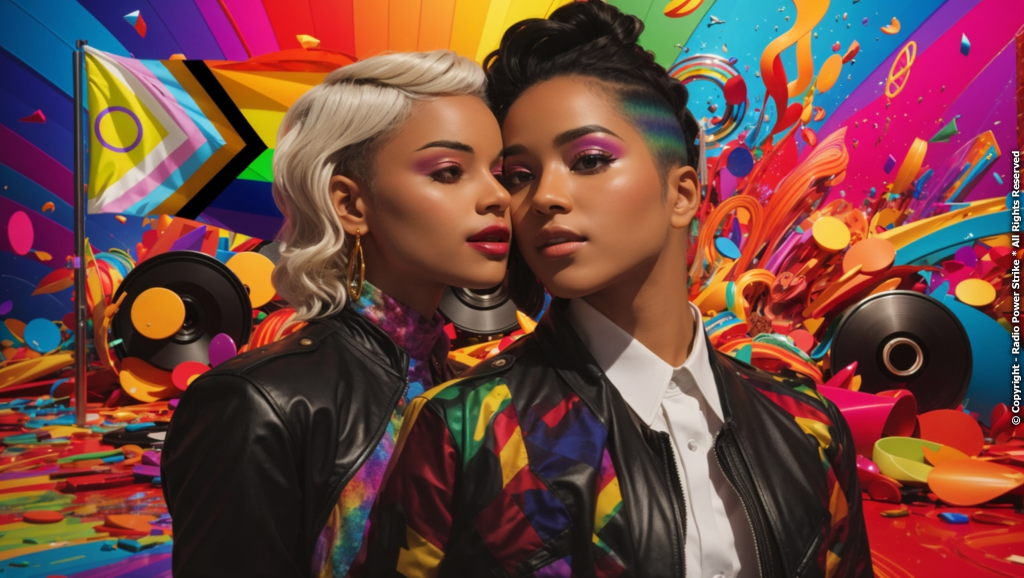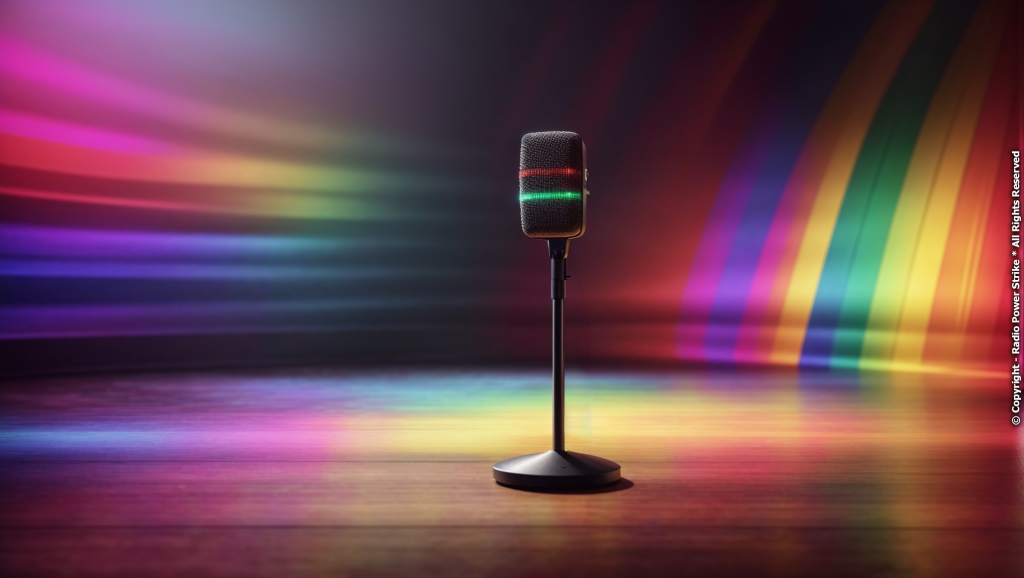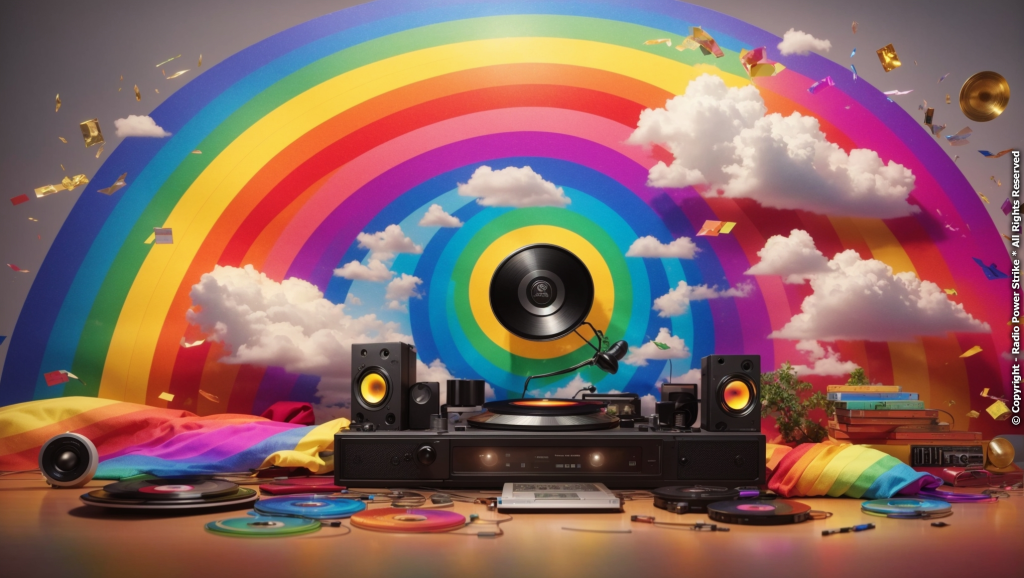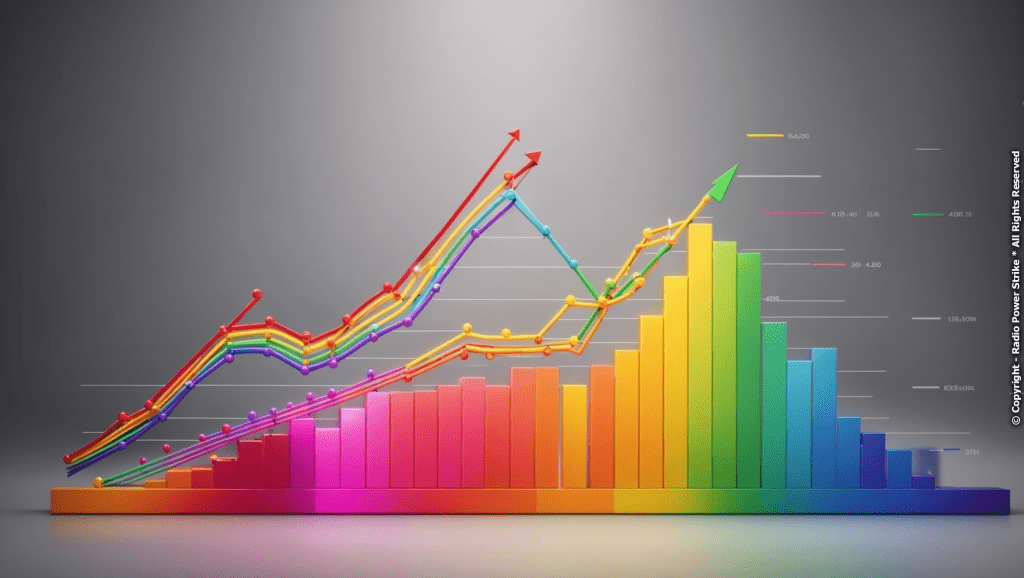From Margins to Mainstream: LGBTQIA+ Representation in Pop Culture
The Evolution of Queer Narratives in Modern Entertainment

Pop culture, a mirror to societal evolution, has long been a battleground for representation. For the LGBTQIA+ community, this journey has been marked by both shadows and spotlights. From being relegated to the fringes with stereotypical portrayals to now taking center stage with authentic narratives, the representation of LGBTQIA+ in media has undergone a significant transformation. This article delves into this evolution, highlighting the milestones and the ongoing challenges in the quest for genuine representation.

The world of pop culture has always been a reflection of societal norms, values, and shifts. Historically, the representation of the LGBTQIA+ community in media was limited, often portrayed through stereotypes or relegated to the background. However, as society evolved, so did the narratives within our entertainment mediums.
Over the past few decades, there has been a noticeable shift in how LGBTQIA+ characters and stories are presented in pop culture. No longer confined to the shadows or reduced to token roles, these narratives have taken center stage, showcasing the depth, diversity, and richness of the queer experience.
This transformation didn’t happen overnight. It was the result of persistent efforts by LGBTQIA+ activists, artists, and allies who pushed for more authentic and diverse representation. Their endeavors have paved the way for a new era where queer stories are celebrated, not sidelined.
The Evolution of Queer Narratives in Modern Entertainment

In the early days of television and cinema, LGBTQIA+ characters were often portrayed as villains, comic reliefs, or tragic figures. These portrayals perpetuated harmful stereotypes and rarely offered a genuine glimpse into the lives and struggles of the queer community.
However, as the years progressed, we began to see a shift. Shows like “Will & Grace” and “Queer as Folk” brought LGBTQIA+ characters to the forefront, presenting them as multifaceted individuals with their own dreams, desires, and challenges. These shows, among others, played a pivotal role in challenging societal perceptions and opening the door for more inclusive storytelling.
Today, we’re witnessing an unprecedented era of representation. From blockbuster movies to hit TV series, LGBTQIA+ characters are not only present but are often the protagonists of their own narratives. These stories, whether they’re about love, identity, or activism, resonate with audiences worldwide, proving that representation matters.
The Societal Impact of Diverse Narratives

The power of representation extends beyond the screen. When audiences see themselves reflected in the media they consume, it fosters a sense of belonging and validation. For many LGBTQIA+ individuals, seeing characters that mirror their experiences can be a lifeline, especially in societies where acceptance is not a given.
Moreover, diverse narratives play a crucial role in challenging prejudices and misconceptions. When viewers are exposed to stories that humanize and celebrate the LGBTQIA+ community, it fosters empathy and understanding. Over time, this can lead to broader societal acceptance and the dismantling of deeply ingrained biases.
The ripple effect of this representation is profound. From influencing public opinion and legislation to inspiring future generations of queer artists, the impact of these narratives is far-reaching. As pop culture continues to evolve, it’s clear that the journey from the margins to the mainstream is not just about representation; it’s about revolutionizing how society perceives and embraces the LGBTQIA+ community.
The journey of LGBTQIA+ representation in pop culture is a testament to the resilience and tenacity of the queer community. While challenges remain, the progress made is undeniable. As we continue to push for even more inclusive and authentic storytelling, we’re reminded of the power of media to shape perceptions, challenge norms, and ultimately, drive societal change.

Comments are closed, but trackbacks and pingbacks are open.